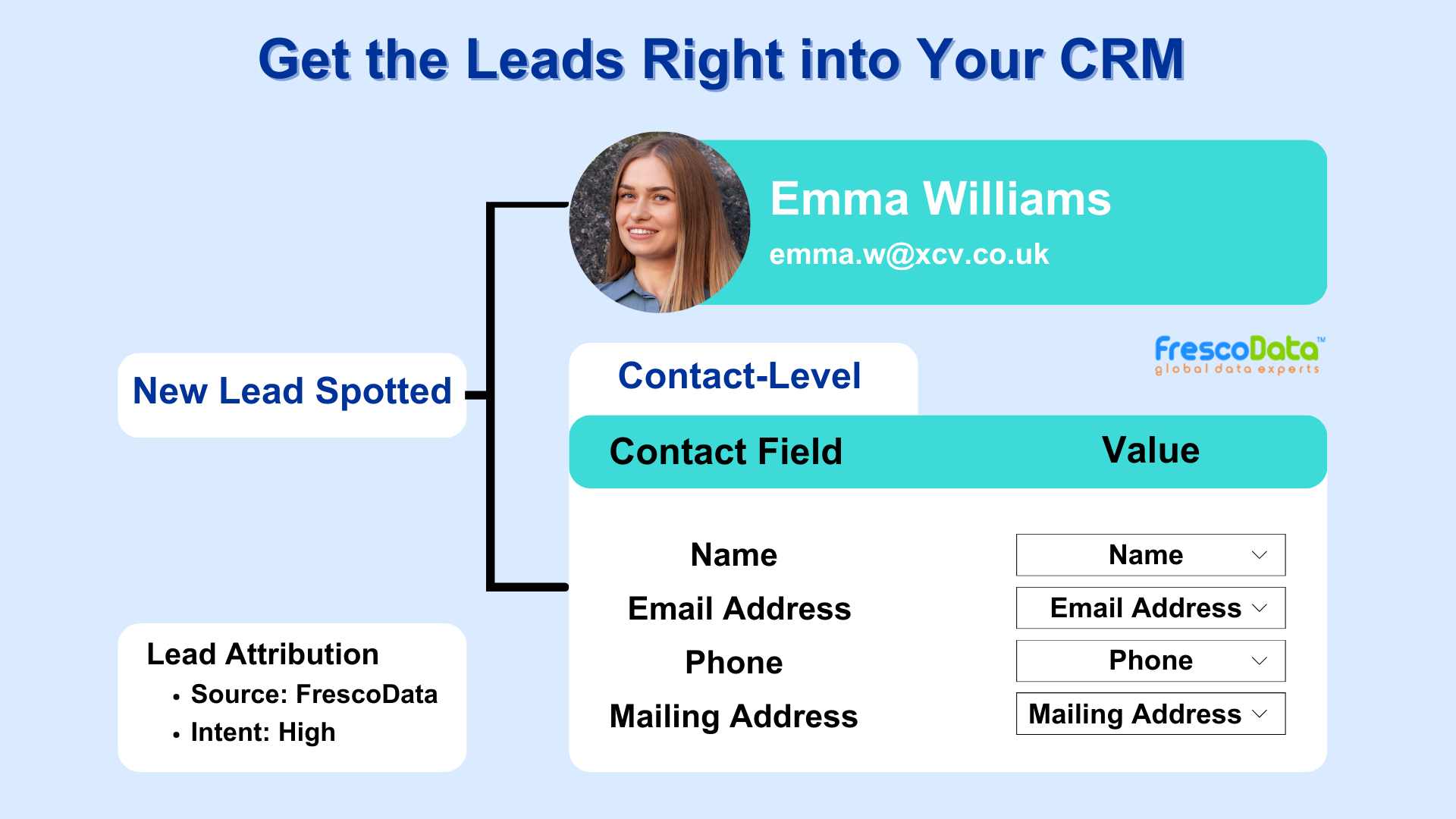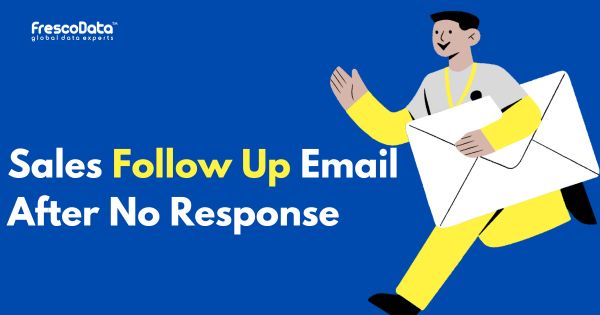-
Definition
-
Key Characteristics
-
Experimentation
-
Data-Driven
-
Focus on User Acquisition
-
Scalability
-
Cross-Functional Collaboration
-
Viral Loops
-
Iterative Approach
-
Low-Cost Strategies
-
Examples
-
Referral Programs
-
Content Marketing
-
A/B Testing
-
Social Media Strategies
-
Email Marketing Automation
-
Product-Led Growth
-
Influencer Marketing
-
Guerilla Marketing
-
Benefits
-
Rapid Growth
-
Cost-Effective
-
User-Centric
-
Iterative Improvement
-
Innovation
What is Growth Hacking?
Growth hacking is a data-driven and rapid experimentation approach to marketing, product development, and business growth. It focuses on using innovative and unconventional strategies to achieve rapid and scalable growth for a business, especially in its early stages. It often involves a combination of creative marketing techniques, analytical thinking, and a relentless pursuit of user acquisition and engagement.
This approach is generally used by startups to accelerate the growth of their business in the short term with efficiency. However, it can be used by any business, irrespective of the type, age or business model.
Key Characteristics of Growth Hacking

Experimentation
It relies heavily on experimentation with various strategies, channels, and tactics to identify what works best for driving growth.
Data-Driven
Analyzing data and metrics is a fundamental aspect of growth hacking. It involves using insights to make informed decisions and optimize strategies for better results.
Focus on User Acquisition
The primary goal of growth hacking is to rapidly acquire a large user base. Techniques often involve leveraging existing user networks and acquiring users at a low cost.
Scalability
Growth hacking strategies are designed to be scalable, meaning they can be applied and scaled up to drive growth on a larger scale.
Cross-Functional Collaboration
It often requires collaboration between different departments, including marketing, product development, and engineering, to achieve cohesive strategies.
Viral Loops
Encouraging users to refer others or share content in a way that creates a self-sustaining, viral growth loop is a common element of growth hacking.
Iterative Approach
Growth hackers embrace an iterative approach, constantly testing, learning, and refining strategies based on the feedback and data gathered from experiments.
Low-Cost Strategies
It emphasizes achieving growth with minimal budgets. Strategies often include finding low-cost or innovative solutions to marketing and user acquisition challenges.
Examples of Growth Hacking Techniques
Referral Programs
Encouraging users to refer others by offering incentives or rewards for successful referrals.
Content Marketing
Leveraging valuable and shareable content to attract and engage users, often with a focus on SEO and social media.
A/B Testing
Experimenting with different versions of a website, app, or marketing materials to identify the most effective elements.
Social Media Strategies
Implementing tactics to increase social media engagement, user sharing, and virality.
Email Marketing Automation
Implementing automated email campaigns to nurture leads, encourage user activation, and drive conversions.
Product-Led Growth
Designing products that encourage user growth through seamless onboarding and a user-friendly experience.
Influencer Marketing
Collaborating with influencers to tap into their audiences and gain exposure for a product or service.
Guerilla Marketing
Using unconventional and attention-grabbing marketing tactics to generate buzz and awareness.
Benefits of Growth Hacking
Rapid Growth
It aims for rapid and scalable growth, often achieving results more quickly than traditional marketing approaches.
Cost-Effective
Growth hacking strategies are often designed to be cost-effective, making them suitable for startups and businesses with limited budgets.
User-Centric
It is heavily focused on understanding and meeting user needs to drive engagement and retention.
Iterative Improvement
The iterative nature of growth hacking allows for continuous improvement based on real-time data and user feedback.
Innovation
Growth hacking encourages creative and innovative thinking to find unconventional solutions to growth challenges.
Stay Updated
Recent Blogs

3 Reasons to Buy Email List
Are you hesitant to buy email list for your business? Some would say buying an email list ...
November 18, 2024
Sales Follow-up Email After No Response!
70% of sales reps don’t follow up with prospects after no response. (Source) Are you...
September 2, 2024
5 CTV Advertising Tips to Get The Most Out of It
Connected TV has opened up many interesting opportunities for advertisers, allowing them t...
August 27, 2024